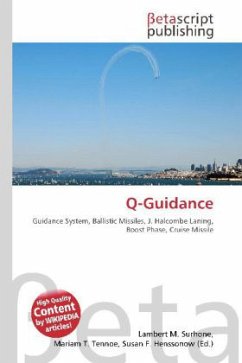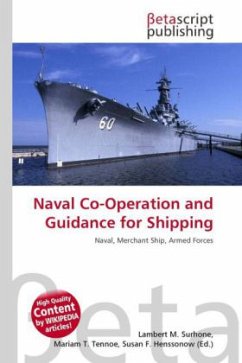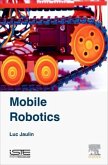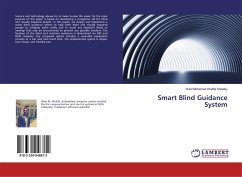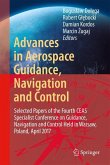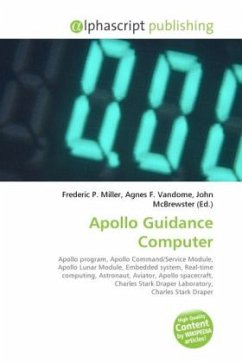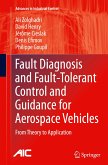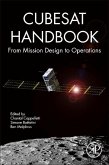Please note that the content of this book primarily consists of articles available from Wikipedia or other free sources online. Q-guidance is a method of missile guidance used in some U.S. ballistic missiles and some civilian space flights. It was developed in the 1950''s by J. Halcombe Laning and Richard Battin at the MIT Instrumentation Lab. Q-guidance is used for missiles whose trajectory consists of a relatively short boost phase (or powered phase) during which the missile''s propulsion system operates, followed by a ballistic phase during which the missile coasts to its target under the influence of gravity. (Cruise missiles use different guidance methods). The objective of Q-guidance is to hit a specified target at a specified time (if there is some flexibility as to the time the target should be hit then other types of guidance can be used). At the time Q-guidance was developed the main competitive method was called Delta-guidance. According to Mackenzie, Titan, some versions of Atlas, Minuteman I and II used Delta-guidance, while Q-guidance was used for Thor IRBM and Polaris, and presumably Poseidon. It appears, from monitoring of test launches, that early Soviet ICBMs used a variant of Delta-guidance.
Bitte wählen Sie Ihr Anliegen aus.
Rechnungen
Retourenschein anfordern
Bestellstatus
Storno

